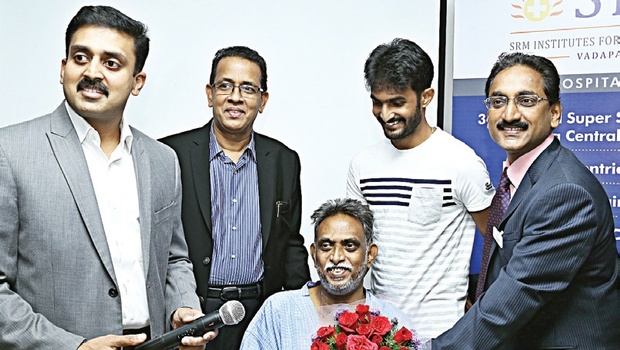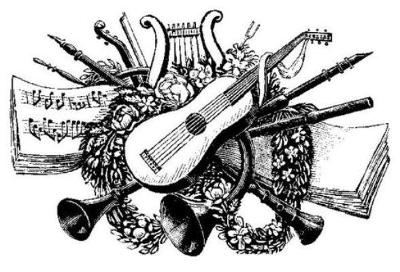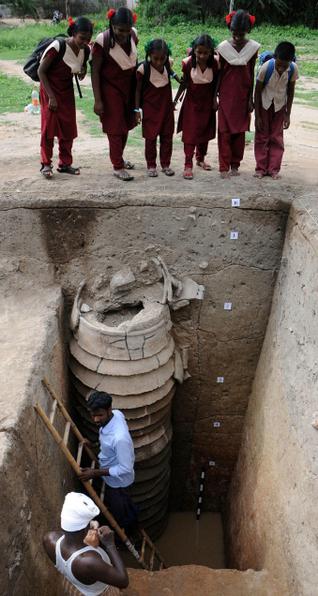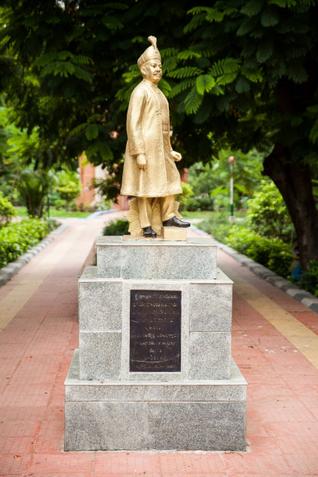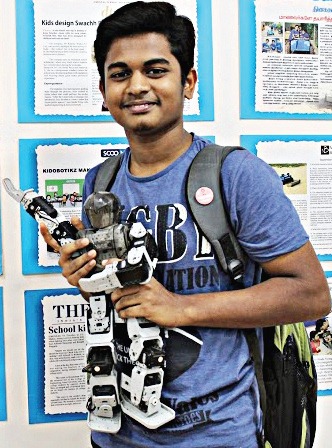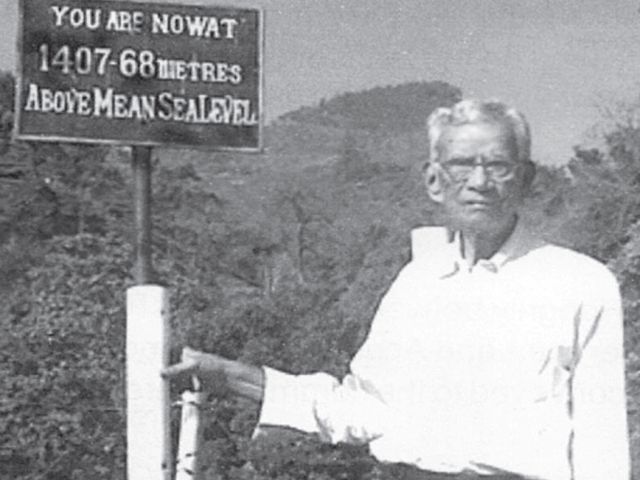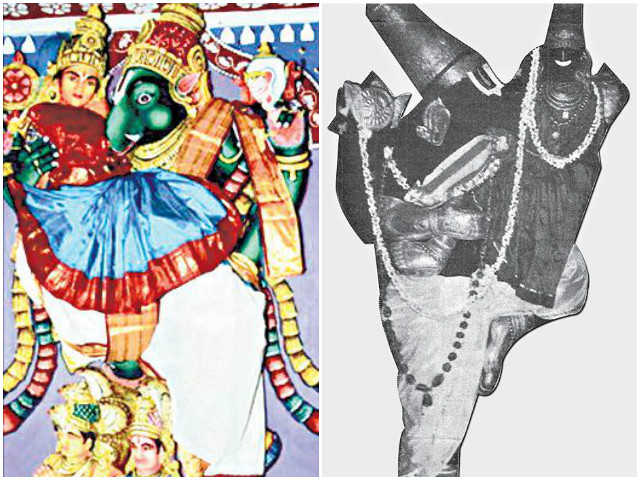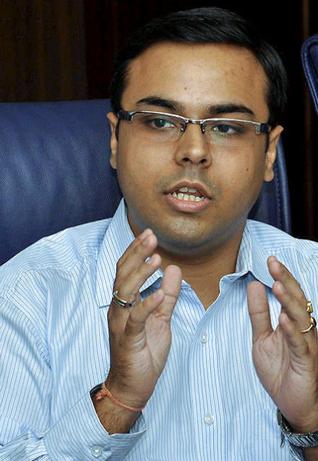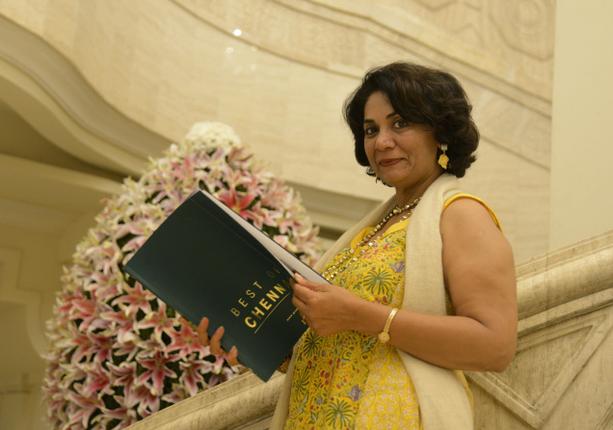
/ The Hindu
Best of Chennai Volume 2 tells a vibrant story of the metropolis through perceptive articles and beautiful visuals. Editor Sandhya Mendonca talks to DEEPA ALEXANDER about the making of the coffee table book
The Sangam Lobby at ITC Grand Chola, with its elegant white stucco and spectacular copper-and-bronze horses, is an ornate narrative of Chennai, a city that Sandhya Mendonca celebrates in her latest book. As she sits to be photographed at the head of a sweeping staircase, she holds in her hands Best of Chennai Volume 2, to be released that evening by the Governor of Tamil Nadu, K. Rosaiah. Published by Bangalore-based Raintree Media, the book — sixth in a series published in India — is part of a unique format that is brought out in over 40 countries by Global Village Partnerships to showcase entrepreneurial spirit and bridge cultures.
Coming seven years after the first volume published in 2009, Best of Chennai Volume 2 is an opulent production, a slim slab that covers topics as far afield as culture and corporate icons, education and hospitality, luxury and logistics, spaces and entertainment and media and start-ups.
“It took our team of nine, the better part of a year to lay it out,” says Sandhya Mendonca, editor-in-chief, Raintree Media, who conceived and edited the book. Mendonca, who holds a Masters in Political Science and started out as a journalist, took her love for writing and editing further, when she founded her media brand 12 years ago. “I handled public relations for events with artistes such as Mark Knopfler and Sting, and taught as visiting faculty at IIM-B. I had explored nearly all aspects of communication… it was time to become a publishing entrepreneur.”
“The first book I published was on a golf course in Bangalore. I approach publishing like an artist does his painting — and therefore, the book was designed like a golf ball, with birds that populated the course as page holders. I got hooked to doing different kinds of books filled with both style and substance,” says Mendonca. An eye for unusual layout and a love for celebrating communities pictorially led to Raintree producing handsome customised volumes on the culture of states, gymkhana clubs, Raj Bhavans, cricket teams and schools. Fiction, articles for magazines and websites, and books in the Best of… and Marvels of… series artfully mix travel with scenes from the everyday.
“The Best of… series is part of Sven Boermeester’s Global Village Partnerships. When Sven travelled to Australia, he decided to create a template to show the best of what is local. Most people feel they know everything there is to know of their city or country, but that isn’t always true. The Best of… series has the same format across the world, whether the regions they feature are homogenous or culturally diverse. In particular, they look at businesses and what makes the region tick,” she says.
Decades of photojournalism have illustrated Chennai’s major themes and trends, so how different then is this book from others? “It serves a fresh dish. You try to find hidden aspects even in the many stories and people that are known in the city. Not many in Chennai are aware of the Officers Training Academy or how Real Image Media Technologies enhances their cinema experience or that Ajit Narayanan, who pioneered an app for children with communication impairments, is an IIT-Madras boy,” says Mendonca.
The book decodes Chennai’s history from its gracious days as modern India’s first city with its garden houses and elegant boulevards, to its status as a hub for films, fine arts, start-ups and education. It celebrates change through finely-scripted articles by both producers and guest writers, such as dancer Anita Ratnam and film critic Baradwaj Rangan. It interviews heads of established business houses, hotels, restaurants and building conglomerates, who have shaped the city’s many incarnations. “The business houses here are icons, their work is mindboggling, but they are very low-key about it. So, the book has some rare interviews where these corporates speak of the role of their companies.”
It also captures the zeitgeist of our culture — dance, music, art and theatre — from the classical to the common. “This is a city framed by the idea of culture,” says Mendonca, flipping through the pages punctuated with a rich tapestry of artwork by Achuthan Kudallur, S. Nandagopal and K. Muralidharan. “The book focusses as much on mainstream culture as it does on the alternative,” she says, alluding to Sofia Ashraf’s music video on the mercury pollution in Kodaikanal and the incredible work of the common man during the floods. “It weighs on Chennai’s culture and commerce in equal measure. A community that hinges only on commerce will have no soul.”
It is this essence of the book that Governor K. Rosaiah endorsed at the launch, when he commended the team for capturing the city’s indomitable spirit. “The book nicely depicts the bouquet of culture, architecture and commerce of Tamil Nadu, especially Chennai,” he said.
It should be read not only because it celebrates the city but also because it celebrates us.
(Priced at Rs. 3,000, Best of Chennai Volume 2 is available at Odyssey, Chamiers and online.)
source: http://www.thehindu.com / The Hindu / Home> Features> Metroplus / Deepa Alexander / Chennai – July 08th, 2016
